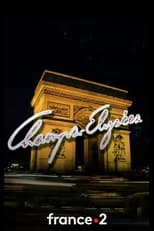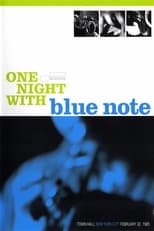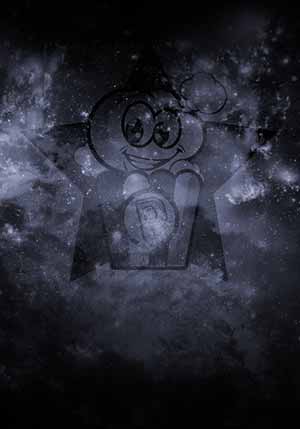Jimmy Smith
¿Quién es Jimmy Smith?
In 2005, Smith was awarded the NEA Jazz Masters Award from the National Endowment for the Arts, the highest honor that America bestows upon jazz musicians.
James Oscar Smith was born in Norristown, Pennsylvania northwest of Philadelphia. He joined his father doing a song-and-dance routine in clubs at the age of six. He began teaching himself to play the piano. When he was nine, Smith won a Philadelphia radio talent contest as a boogie-woogie pianist. After a period in the U.S. Navy, he began furthering his musical education in 1948, with a year at Royal Hamilton College of Music, then the Leo Ornstein School of Music in Philadelphia in 1949. He began exploring the Hammond organ in 1951. From 1951 to 1954, he played piano, then organ in Philly R&B bands like Don Gardner and the Sonotones. He switched to organ permanently in 1954 after hearing Wild Bill Davis play.
He purchased his first Hammond organ, rented a warehouse to practice in and emerged after little more than a year. Upon hearing him playing in a Philadelphia club, Blue Note's Alfred Lion immediately signed him to the label and his second album, The Champ, quickly established Smith as a new star on the jazz scene. He was a prolific recording artist and, as a leader, dubbed The Incredible Jimmy Smith, he recorded around forty sessions for Blue Note in just eight years beginning in 1956. Albums from this period include The Sermon!, House Party, Home Cooking', Midnight Special, Back at the Chicken Shack and Prayer Meetin'.
Smith signed to the Verve label in 1962. His first album, Bashin', sold well and for the first time Smith worked with a big band, led by Oliver Nelson. Further big band collaborations followed with composer/arranger Lalo Schifrin for The Cat and guitarist Wes Montgomery, with whom he recorded two albums: The Dynamic Duo and Further Adventures of Jimmy and Wes. Other albums from this period include Blue Bash! and Organ Grinder Swing with Kenny Burrell, The Boss with George Benson, Who's Afraid of Virginia Woolf?, Got My Mojo Working, and Hoochie Coochie Man.
During the 1950s and 1960s, Smith almost always performed live, in a trio, consisting of organ, guitar and drums. The Jimmy Smith Trio performed "When Johnny Comes Marching Home" and "The Sermon" in the film Get Yourself a College Girl (1964).
In the 1970s, Smith opened his own supper club in the North Hollywood neighborhood of Los Angeles, California, at 12910 Victory Boulevard and played there regularly with Kenny Dixon on drums, Herman Riley and John F. Phillips on saxophone; also included in the band was harmonica/flute player Stanley Behrens. The 1972 album Root Down, considered a seminal influence on later generations of funk and hip-hop musicians, was recorded live at the club, albeit with a different group of backing musicians.
Holle Thee Maxwell, then known as Holly Maxwell, was Smith's vocalist for two years in the late 1970s. During a South African tour, they recorded the album Jimmy Smith Plays for the People in 1978. ...
Source: Article "Jimmy Smith (musician)" from Wikipedia in English, licensed under CC-BY-SA.
Trabajos destacados
Géneros más habituales en las películas de Jimmy Smith
Géneros más habituales en las series de Jimmy Smith
Las imágenes y retratos de actores y actrices mostrados en este sitio web son obtenidos de la base de datos pública de The Movie Database (TMDb), utilizada bajo los términos y condiciones de dicha plataforma. En caso de que alguna imagen o fotografía sea incorrecta, ofensiva, o pueda infringir derechos de imagen o copyright, puede ser editada o eliminada directamente en TMDb. Esto provocará su eliminación automática en este sitio web. Adicionalmente, si usted desea solicitar la eliminación de una imagen directamente en nuestro sitio web, puede utilizar el formulario de contacto ubicado al pie de la página. Atenderemos su solicitud de manera expedita y tomaremos las medidas necesarias para garantizar el cumplimiento de los derechos aplicables.
The images and portraits of actors and actresses displayed on this website are sourced from the public database The Movie Database (TMDb), used in accordance with its terms and conditions. If any image or photograph is incorrect, offensive, or may infringe image rights or copyright, it can be edited or removed directly on TMDb. This will automatically result in its removal from this website. Additionally, if you wish to request the removal of an image directly from our website, you may use the contact form located at the bottom of the page. We will promptly address your request and take the necessary measures to ensure compliance with applicable rights.




